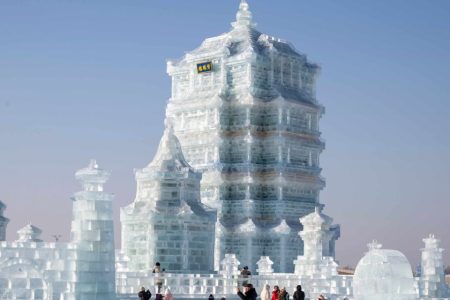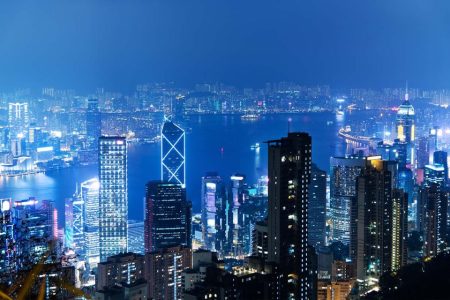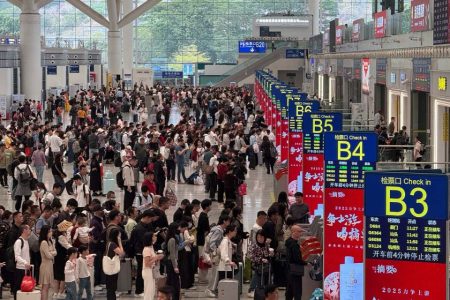Hong Kong may be known for its skyline, food scene and endless shopping, but there is another side to it. Beyond the crowds, Hong Kong’s outlying islands are places where ferries glide past fishing boats, narrow lanes smell of sea air, and trails wind through wild grass. In quiet villages, time seems to slow, and seafood is served as fresh as the morning catch.
These are the lesser-known islands in Hong Kong to visit when you want to escape the city’s rush. Unlike the often crowded Lamma or Cheung Chau, these hidden gems offer quiet strolls and afternoons wandering through fishing villages steeped in history.
[See more: Five of the best beaches in Hong Kong for day-trippers from Macao]
Autumn and winter are the best times to explore (spring can be humid and summer uncomfortably hot). Always check ferry schedules before heading out, carry cash for tiny eateries, and pack the essentials like good walking shoes, sunscreen, water, and a hat. Out here, you’re a guest in close-knit communities, so tread lightly, take your rubbish with you, and enjoy the slower rhythm of life.
Peng Chau
Just half an hour from Central, Peng Chau feels like a little retreat. The island is completely car-free, making it perfect for slow strolls past street art and local cafes. Peng Chau’s Tung Wan Beach offers a quiet stretch of sand and quaint temples, as well as a former leather factory now revitalised as an arts space. A short climb up Finger Hill, all 95 metres of it, gives you a lovely view over Lantau and the South China Sea.
How to get there: You can reach Peng Chau by ferry from Central Pier 6 in about 30 minutes.
Tap Mun
Off the northeastern coast, Tap Mun, also known as Grass Island, is all about open skies and rolling green fields. At the harbour, villagers still mend fishing nets by the pier, while cattle graze on the hilltops. The island’s Tin Hau Temple has watched over fishermen for centuries, and coastal caves make for adventurous detours. Back by the waterfront, simple eateries serve Tap Mun’s signature sea urchin fried rice and fish balls.
How to get there: Take bus 94 from Sai Kung to Wong Shek Pier, then hop on a kaito ferry to the island.
Po Toi
Po Toi is the southernmost inhabited island in Hong Kong. Its coastline is famous for formations such as Palm Cliff and Tortoise Rock. Hikers can follow trails that lead past the island’s Nam Kok Tsui Lighthouse and onward to ancient rock carvings that date back about 3000 years. The island’s tiny Tai Wan village, home to about 20 residents, serves up seaweed noodles and fresh prawns with dried seaweed as a local souvenir.
How to get there: Ferries run to Po Toi on weekends and public holidays from Aberdeen or Stanley.
Kat O
Also known as Crooked Island, Kat O was once a bustling fishing hub, but today it is home to only a small community. The island’s Main Street still has simple eateries serving Hakka specialities and dried seafood, while the centuries-old Tin Hau Temple remains a focal point of village life. A walk along the Kat O Heritage Trail leads to lookout points with views over Double Haven and the nearby Shenzhen coastline.
How to get there: Ferries to Kat O and Ap Chau leave from Ma Liu Shui Pier near University MTR. Ferries run only on weekends and public holidays, with a journey time of about 1.5 hours
Tung Ping Chau
Tung Ping Chau rewards the long journey with its otherworldly landscape of multi-layered sedimentary rock formations and crystal-clear waters. As part of a protected marine park, its shores are fringed with coral reefs and marine life – ideal for snorkelling if you bring your own gear. The island is flat and quiet, with paths that curve past abandoned stone villages being slowly reclaimed by greenery.
How to get there: Ferries to Tung Ping Chau depart from Ma Liu Shui Pier near University MTR. They run only on weekends and public holidays, and take about 1.5 hours






